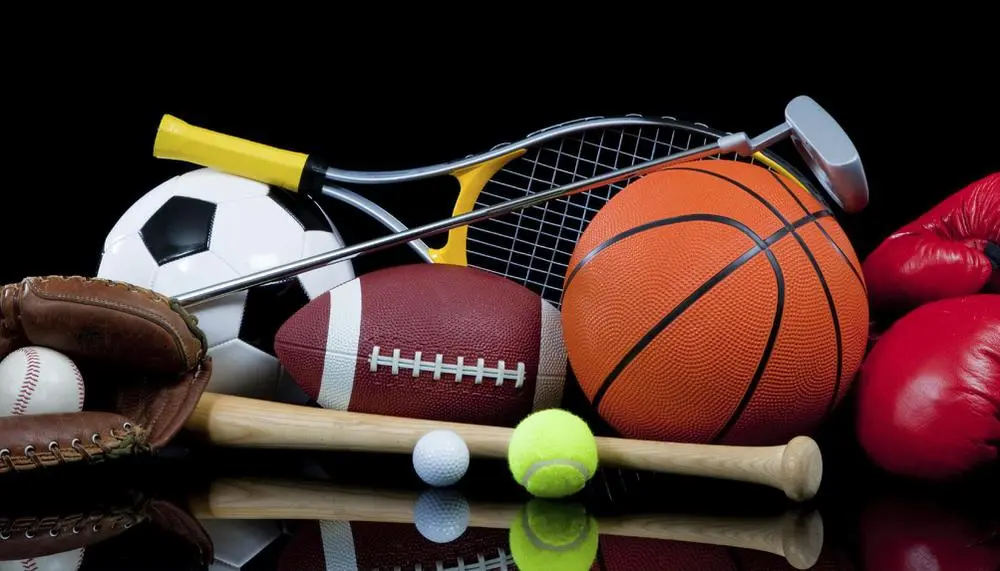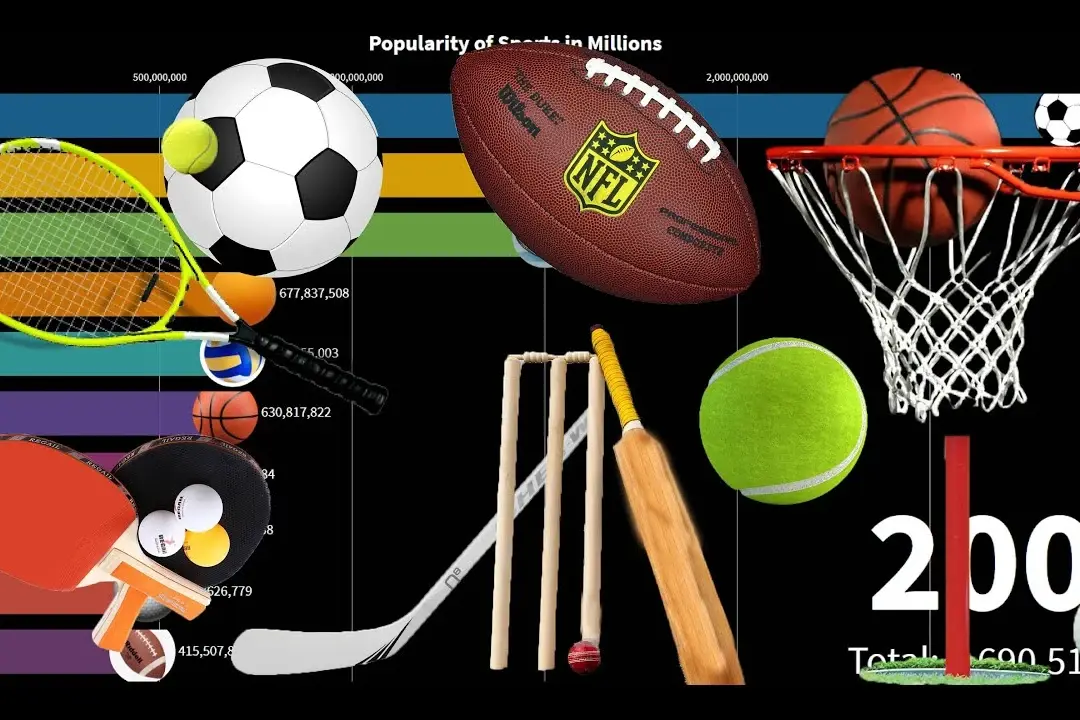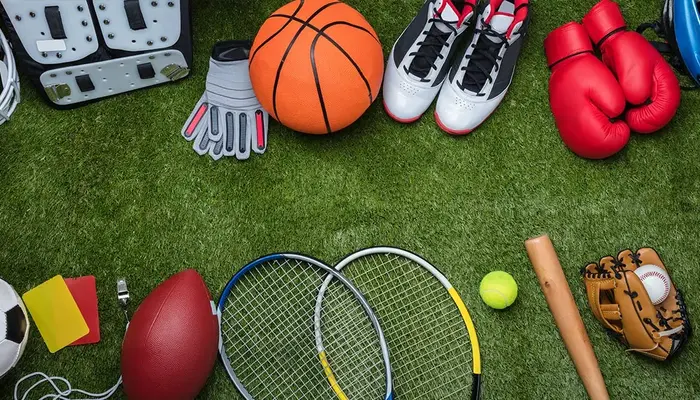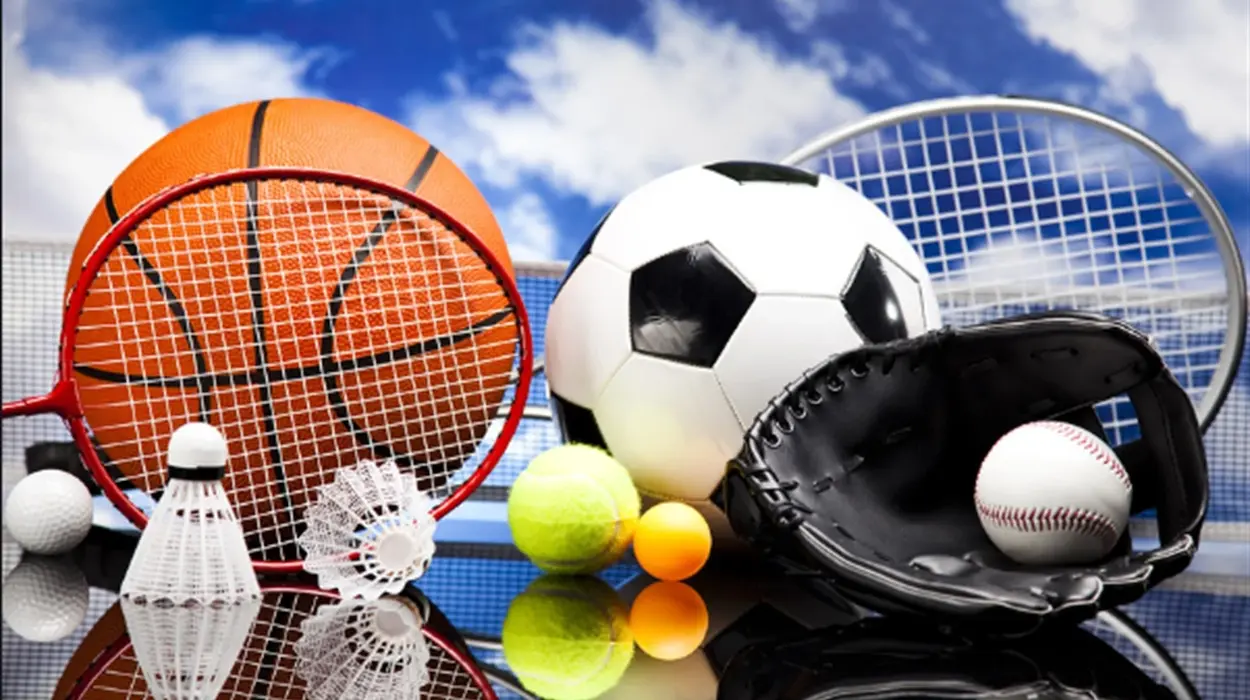Ever heard of “sports harmonicode“? Sounds techy, right? But here’s the deal—it’s not just some random buzzword. This term is making waves in the sports world, blending athletic performance with complex data in a way that could change the game entirely. Whether you’re a pro athlete, a coach, or just someone who loves following sports, the idea of integrating harmonic codes into sports is a massive shift.
Let’s Break it Down
Sports harmonicode is all about applying harmonic principles (usually seen in music, physics, and engineering) to athletic performance. It deals with how athletes move, react, and balance during competition—helping them optimise their body mechanics and reduce injuries. By unlocking these harmonic codes, athletes can perform better, recover faster, and even stay in their prime longer.
And who wouldn’t want that?
What Does it Mean for Sports?
Imagine a world where athletes train not just on strength or endurance, but on precise harmonic movement patterns. The result? Players that are quicker, more efficient, and less prone to wear and tear. Teams can study these codes to craft training programmers that minimize injury and maximize output, making the game faster and more exciting. Plus, for fans, it’s a whole new level of strategy to geek out over.
In the next sections, we’ll dive deeper into what sports harmonicode really means for various sports, from football to basketball, and explore how it’s being used to revolutionize athletic performance. But first, let’s talk about how these codes work.
Understanding Harmonic Patterns in Sports

At the heart of “sports harmonicode” are harmonic patterns—natural rhythms and sequences that the body follows, sometimes without even realizing it.
Ever seen a basketball player take a shot and notice how effortless their form looks? Or watched a gymnast pull off a flawless routine, making every move look like second nature? That’s harmonic patterns in action. The body is using its natural ability to sync movements, reducing unnecessary strain and focusing energy where it matters most.
Why Should Athletes Care?
Well, every movement your body makes can either help or hurt you in the long run. If you’re an athlete, being out of sync with these patterns means you’re putting extra stress on your body, which leads to:
- Fatigue
- Injury
- Slower recovery times
Athletes who are “in tune” with their harmonic patterns are more efficient, using less energy to do the same amount of work.
How Do You Tap Into Your Harmonic Code?
Here’s the kicker: everyone’s harmonic code is different. It depends on factors like body type, muscle distribution, and even mental state. So, how can you optimize yours? Through a combination of:
- Biomechanical analysis: Understanding how your body moves.
- Personalized training plans: Tailoring exercises to your unique harmonic patterns.
- Tech integration: Using wearables and sensors to measure and adjust your movements.
This isn’t about brute force; it’s about efficiency. You might be benching 300 pounds, but if you’re not following your natural harmonic rhythm, you’re still leaving performance on the table.
Where Do We See Sports Harmonicode in Action?

Sports harmonicode isn’t just theory; it’s being put to use across various sports, especially in elite-level competitions.
Football
In football, players are now being trained to use harmonic codes to improve their balance and coordination. Defensive players, for example, can study the harmonic movements of their opponents to predict where they’ll move next, making it easier to tackle or intercept the ball. Offensive players, on the other hand, use harmonic patterns to shift their weight seamlessly, avoiding defenders with more fluidity.
Basketball
Basketball is another sport where harmonicode shines. Players like LeBron James and Steph Curry—who seem to have endless energy and agility—are often unknowingly following harmonic patterns. Their ability to shoot, dribble, and maneuver through tight spaces with minimal effort is a testament to how their bodies naturally sync with the sport’s rhythm. By training players to understand their unique codes, teams can improve shooting accuracy, reduce the risk of injury, and boost overall stamina.
Gymnastics
Gymnasts, who rely heavily on balance and precision, are perhaps the best real-life examples of harmonic codes in sports. Every flip, twist, and landing is all about harmony between mind and body. Even a slight imbalance can throw off an entire routine. Gymnasts are now using biomechanical tools to study and optimize their harmonic movements, leading to cleaner performances and, more importantly, fewer injuries.
Technology’s Role in Sports Harmonicode
We can’t talk about sports harmonicode without mentioning the tech side of things. Wearables, motion-capture systems, and AI are all playing a big role in uncovering these codes.
- Wearable tech: Devices like Fitbit, Whoop, and Garmin track heart rate variability, movement, and recovery times—helping athletes understand their natural rhythms better.
- Motion capture systems: Tools like Vicon or Xsan’s record the way an athlete moves in real-time. They create 3D models of your body in motion, which can be used to identify areas where you’re out of sync.
- AI and data analytics: Artificial intelligence takes it a step further by analyzing large sets of movement data to suggest improvements, helping coaches personalize training regimes.
These tools help athletes tap into their harmonic codes, leading to better performance on the field, court, or track.
How Can You Apply Sports Harmonicode to Your Training?

Now, you’re probably thinking: “How do I apply this to my own training?”
Here are some practical steps you can take:
1. Analyze Your Movements
Get a professional to check your biomechanics. A sports scientist or trainer can watch you train and point out any imbalances in your movements. This is the first step in unlocking your harmonic code.
2. Use Wearables
Wearables aren’t just for pro athletes anymore. You can pick up a decent fitness tracker to start measuring your heart rate, sleep patterns, and recovery times. Over time, you’ll start to see patterns in how your body reacts to different types of workouts.
3. Focus on Flexibility and Balance
Strength and endurance are great, but don’t forget about flexibility and balance. These are key components of staying in harmony with your body’s natural movements. Yoga, Pilates, and dynamic stretching routines can help keep your muscles and joints in sync.
4. Adjust Your Training Based on Feedback
Use the data you gather from wearables and movement analysis to tweak your training plan. If you notice that you’re struggling with certain movements, break them down and work on them separately. Small tweaks can make a big difference.
Future of Sports Harmonicode
So, what’s next?
The future of sports harmonicode is all about more precision and personalization. As AI, wearables, and data analytics continue to improve, athletes will have access to even more detailed insights about their harmonic patterns. This means more customized training plans, faster recovery times, and fewer injuries.
We’ll likely see a shift in how coaches approach training as well. Instead of focusing solely on physical fitness, there will be a greater emphasis on biomechanics and harmonic patterns. Teams that are slow to adopt this approach may find themselves falling behind as their competitors start unlocking new levels of athletic performance.
Conclusion
Whether you’re an athlete or just a fan of the game, sports harmonicode is a concept you’ll want to keep an eye on. It’s changing the way we think about performance, injury prevention, and even how sports are played. We’re only scratching the surface of what it can do, and the potential is huge.
It’s time to tune into your harmonic code and take your game to the next level.

